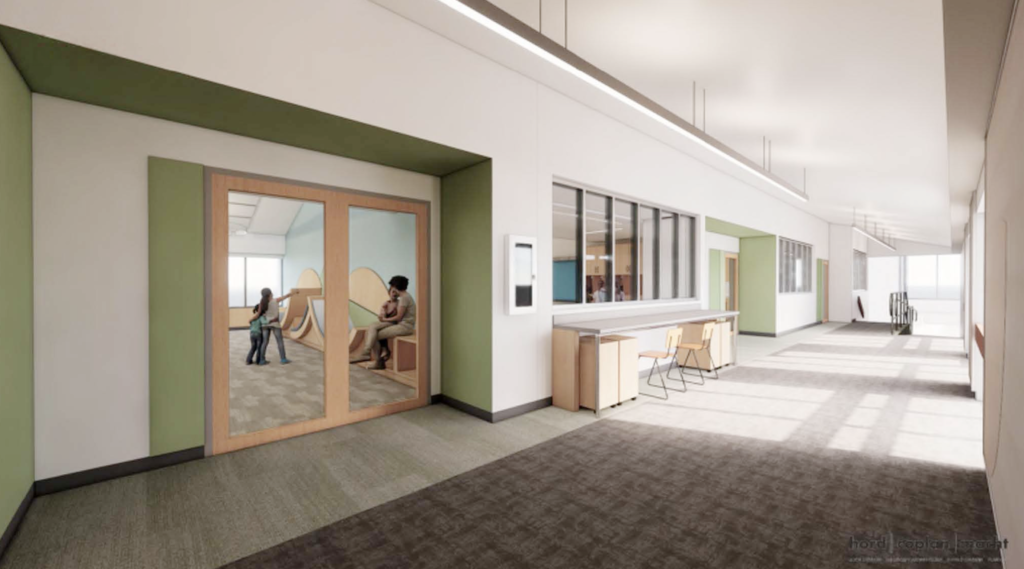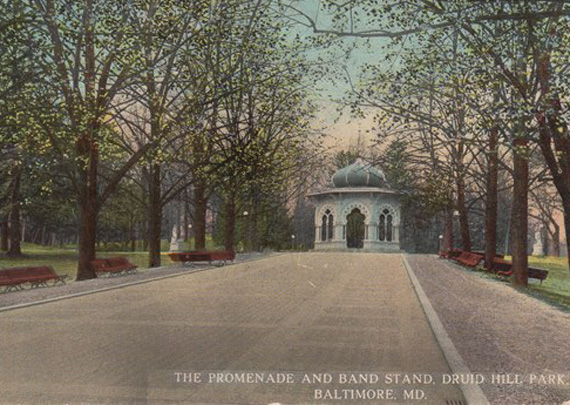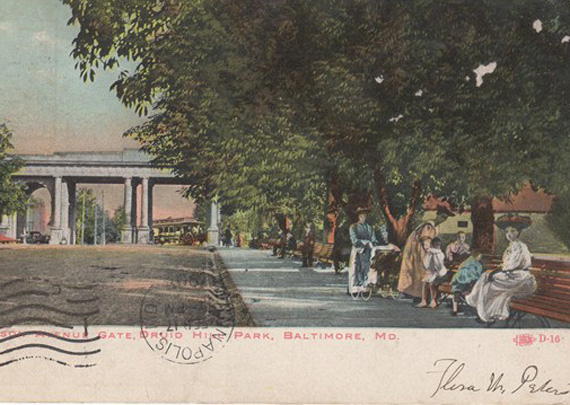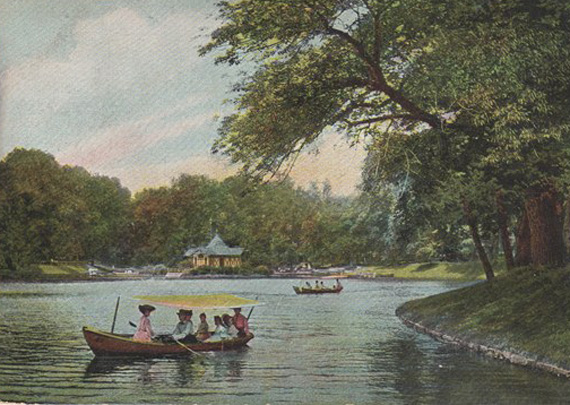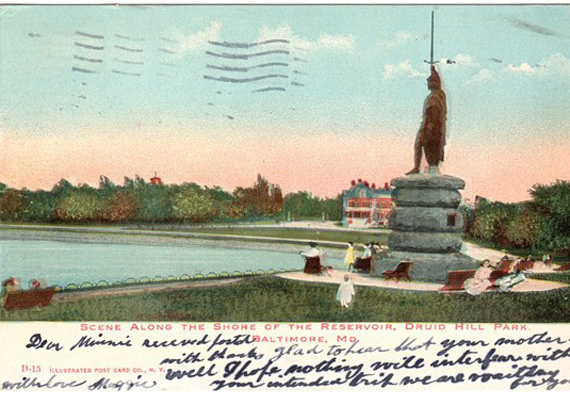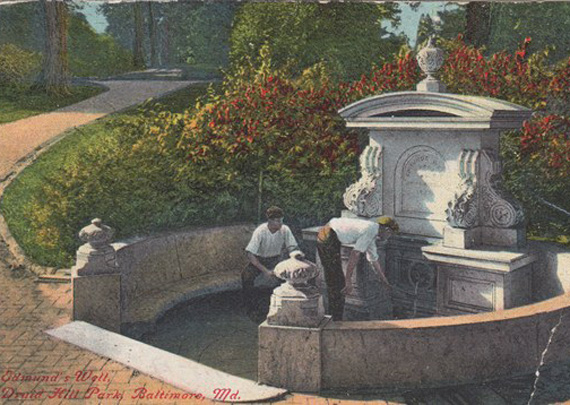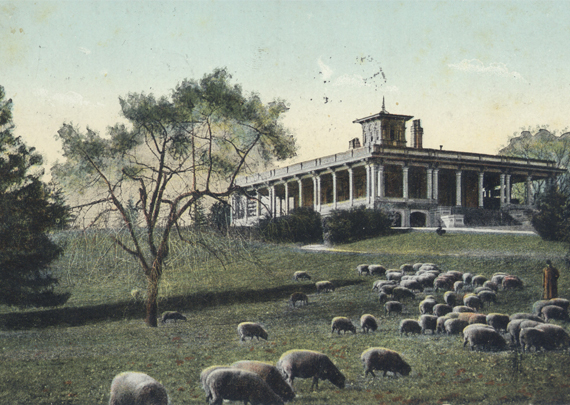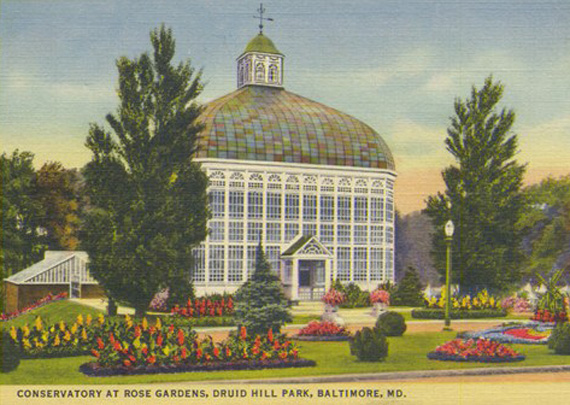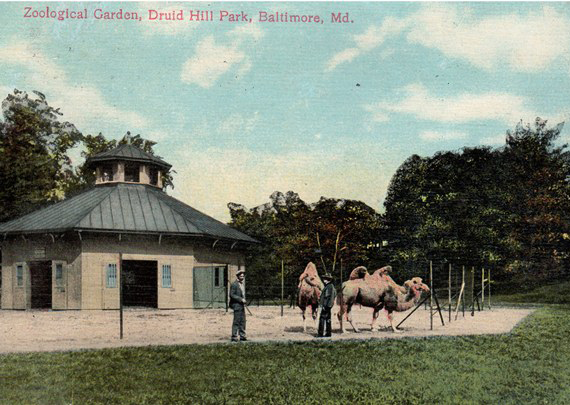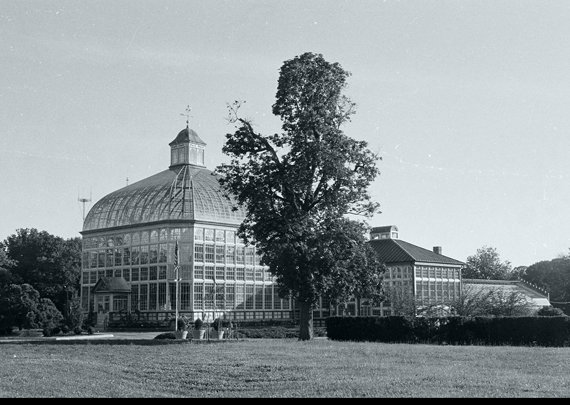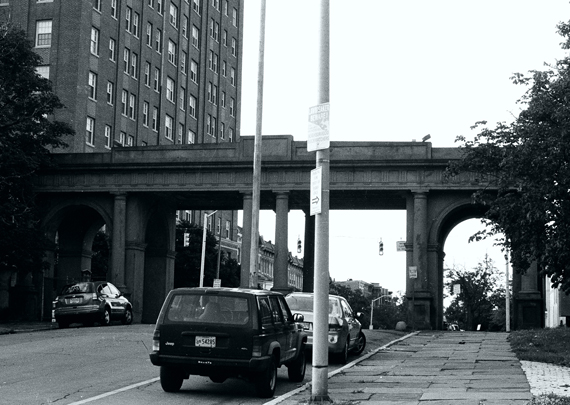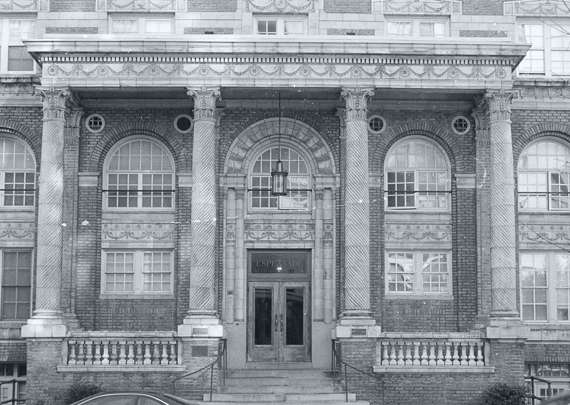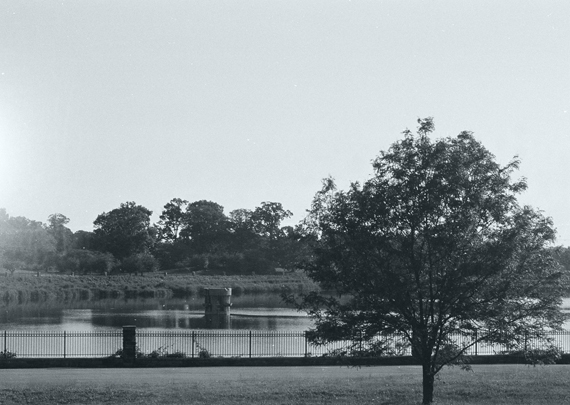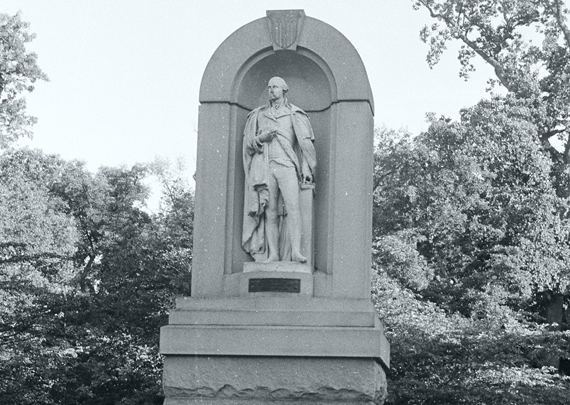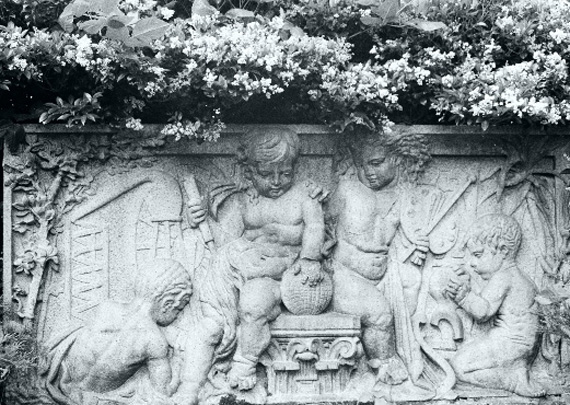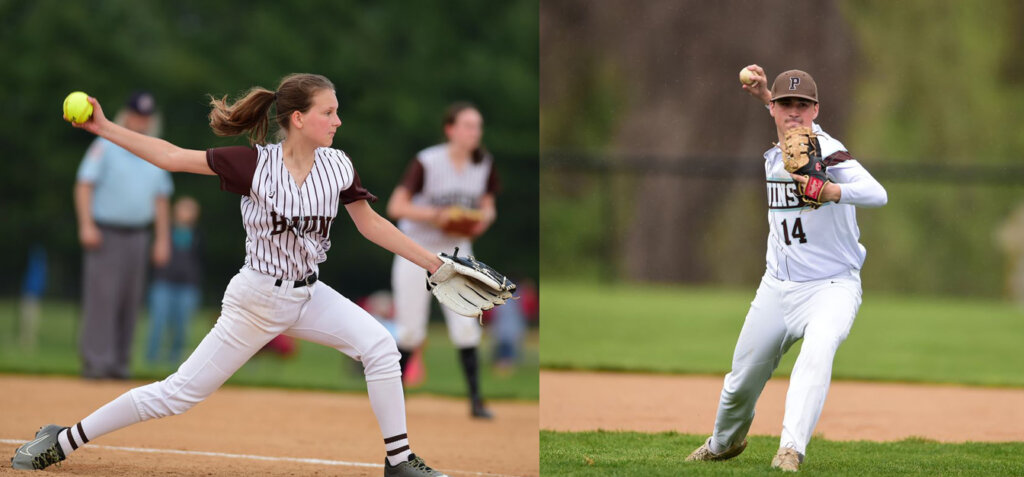Promise of Park Lower School Initiatives
The Promise of Park has already impacted the lives of our students and teachers, and, this spring, we are thrilled to share another giving initiative — this time in support of Park’s youngest students.
Gifts to the Promise of Park can now support a full renovation of the Lower School Pearlstone Wing — including the creation of a Lower School Multipurpose Room. We are combining three existing rooms adjacent to the fourth grade classrooms to create a new, large, flexible gathering space that will be able to accommodate multiple grade levels for events, assemblies, and more. This space is designed to optimize flexibility so that it can host various types of school and community events.
We are delighted to share that this new space will be dedicated in memory of Linda Halpert, a beloved Lower School faculty member.
Further, the hallway, as well as all of the fourth grade classrooms, will be fully reimagined and modernized; and all systems (HVAC, lighting, tech, etc.) in the Pearlstone Wing will be replaced.
Please see the renderings of the new spaces below.
Lower School Multipurpose Room:
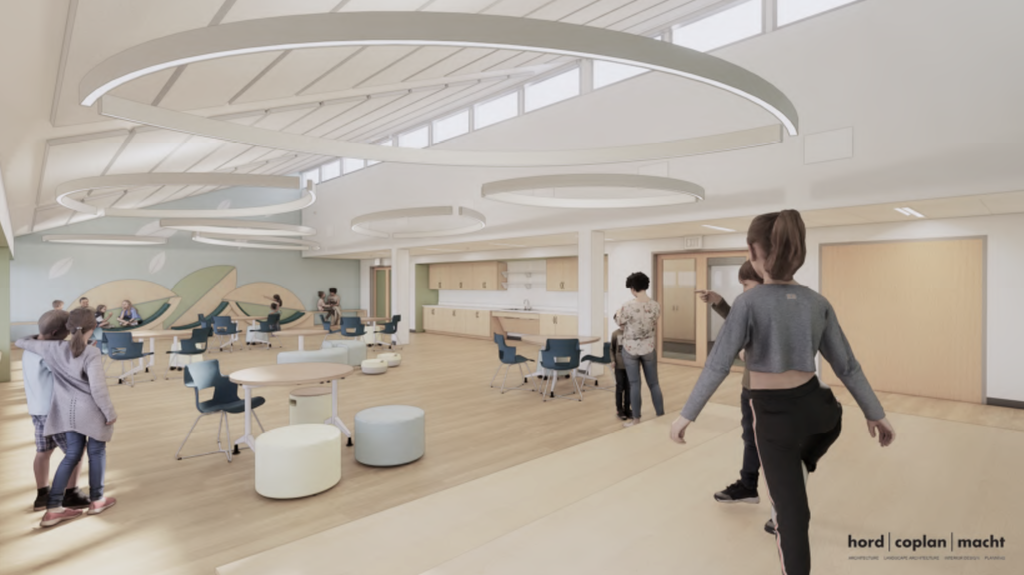
Pearlstone Building Corridor:
